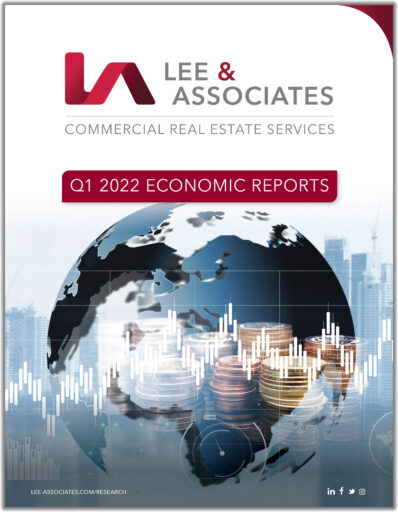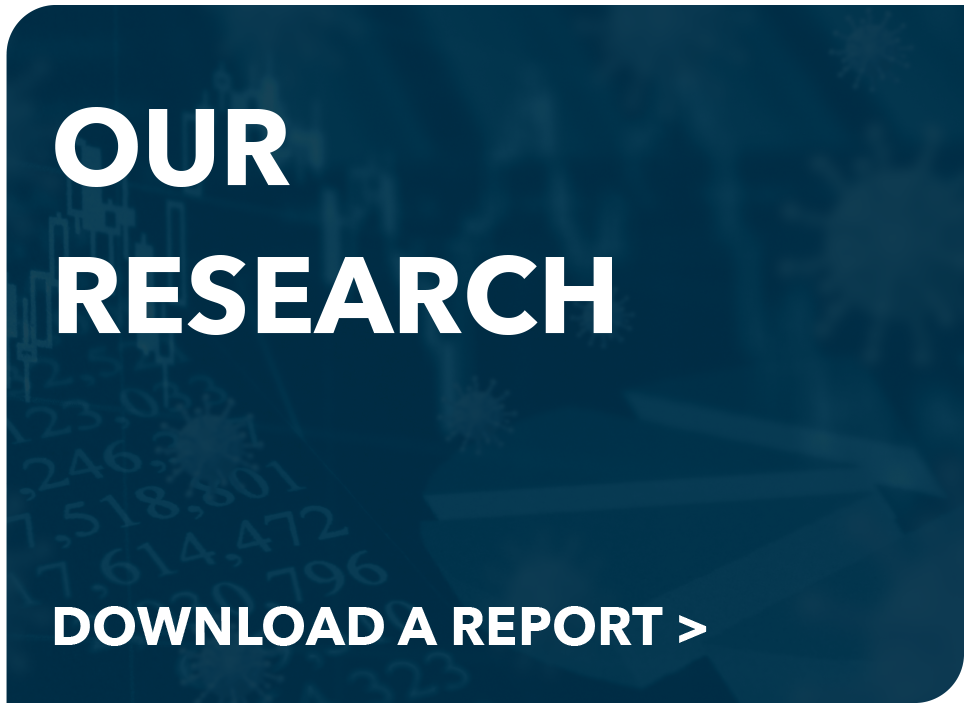GDP GROWTH:
The U.S. gross domestic product contracted at a 1.4% annual rate in the first quarter. It was the weakest quarterly showing in the nation’s economy since 2020 and was blamed chiefly on supply disruptions, reduced exports and fading fiscal stimulus. But solid consumer spending and business investment suggest that growth will resume. Nevertheless, the decline was unexpected and in stark contrast to the strong 6.9% GDP reading in the fourth quarter of 2021. Despite the retreat, the Commerce Department said consumer spending – the main driver of the economy – rose at a 2.7% annual rate, which was a 20-basis point improvement on Q4. It should be noted that the jump in consumer spending came amid a 7.8% rise in prices.
An increased trade deficit or “net exports” knocked 3.2 percentage points off the headline GDP, rising 17.8% to an all-time high of $125.3 billion in the first quarter. Imports accelerated 11.4% to $294.6 billion, boosted by a 15% surge in imports of industrial supplies which include petroleum products. There was a 13.6% jump in imports of consumer goods. Motor vehicle imports were up 12%.
Slowing inventory growth trimmed nearly a percentage point off the GDP as companies cut back on Q1 orders after overstocking with goods to ensure supply-chain disruptions didn’t leave them with empty shelves during the holiday shopping season. READ MORE >
EMPLOYMENT:
The U.S. unemployment rate at the end of March fell to 3.6%, down 30 basis points since the end of 2021, and closed out the first quarter nearly matching the lowest jobless rate since 1969. Additionally, the number of long-term unemployed declined by 274,000 in March to 1.4 million, the Labor Department said.
There were 431,000 new jobs added in March with notable employment gains in leisure and hospitality, professional and business services, retail trade and manufacturing. In the first quarter, monthly job gains averaged 562,000, virtually the same pace as average monthly job creation in 2021. The U.S. Bureau of Labor Statistics reported that 10% of all workers worked remotely because of the pandemic. That rate decreased from 13% in February. Additionally, among those not in the labor force 874,000 persons were prevented from looking for work due to the pandemic, down from 1.2 million the previous month.
Leisure and hospitality gained 112,000 jobs in March but the category is down by 1.5 million workers since February 2020. There were about 102,000 added jobs in professional and business services in March, up 723,000 jobs since February 2020. More than 22,000 of the new jobs in March were connected to real estate, 18,000 in accounting and bookkeeping, 15,000 in management and technical consulting services, 12,000 in computer systems design and related services and 5,000 in scientific research. READ MORE >
MONETARY POLICY:
The Federal Reserve raised interest rates twice so far this year – a quarter percentage point in March and a half percentage point in early May – making good on its pledge to move aggressively to curb rising inflation now at a 40-year high. The two increases lifted the benchmark short-term borrowing rate from near zero, and officials at the central bank said they expect rates to climb nearly 2% on average this year and 3% in 2023. The Federal Reserve also said that in the second quarter it would begin unloading some of the $4.5 trillion in assets it purchased during the pandemic. It is a three-year plan with a goal of shedding $95 billion a month in mortgage-backed securities and treasuries.
Russia’s war on Ukraine was cited by Fed officials as a key risk that may fuel higher inflation and reduce economic activity. The elevated concern caused the committee to scale back its interest rate hike from a half point that previously was favored. There was unanimous consent for the rate hike at the March meeting with one member of the 10-member committee advocating for a half-point increase.
Fed Chair Jerome Powell said after the meeting that he believes the Fed can engineer a “soft landing,” where the central bank raises borrowing costs just enough to cool the economy and reduce inflation without negatively affecting employment or the GDP. READ MORE >
GLOBAL ECONOMY:
Russia’s unprovoked war on Ukraine has added pronounced stress to economies worldwide that already were grappling with inflation and the lingering effects of Covid.
At the close of the first quarter, the International Monetary Fund forecast that global growth would slow from 6.1% in 2021 to 3.6% this year and 2023. The World Bank cut its 2022 growth forecast to 3.2%.
The IMF now expects global prices to increase 7.4% this year, more than double the 3.2% it forecast in late 2020. The increases will be notable throughout commodity markets, trade and financial channels, the fund said, and will complicate the balance sought by central banks aimed at safeguarding growth.
Inflation is expected to remain elevated for longer than in the IMF’s previous forecast, driven by broadening price pressures and war-induced commodity price increases. For 2022 inflation is projected at 5.7% in advanced economies and 8.7% in emerging market and developing countries – 1.8 to 2.8 percentage points higher than in the IMF’s January’s forecast.
Beyond 2023, the IMF forecasts growth to decline to about 3.3%, assuming the current war doesn’t widen and that further sanctions on Russia would exempt its energy sector. READ MORE >




